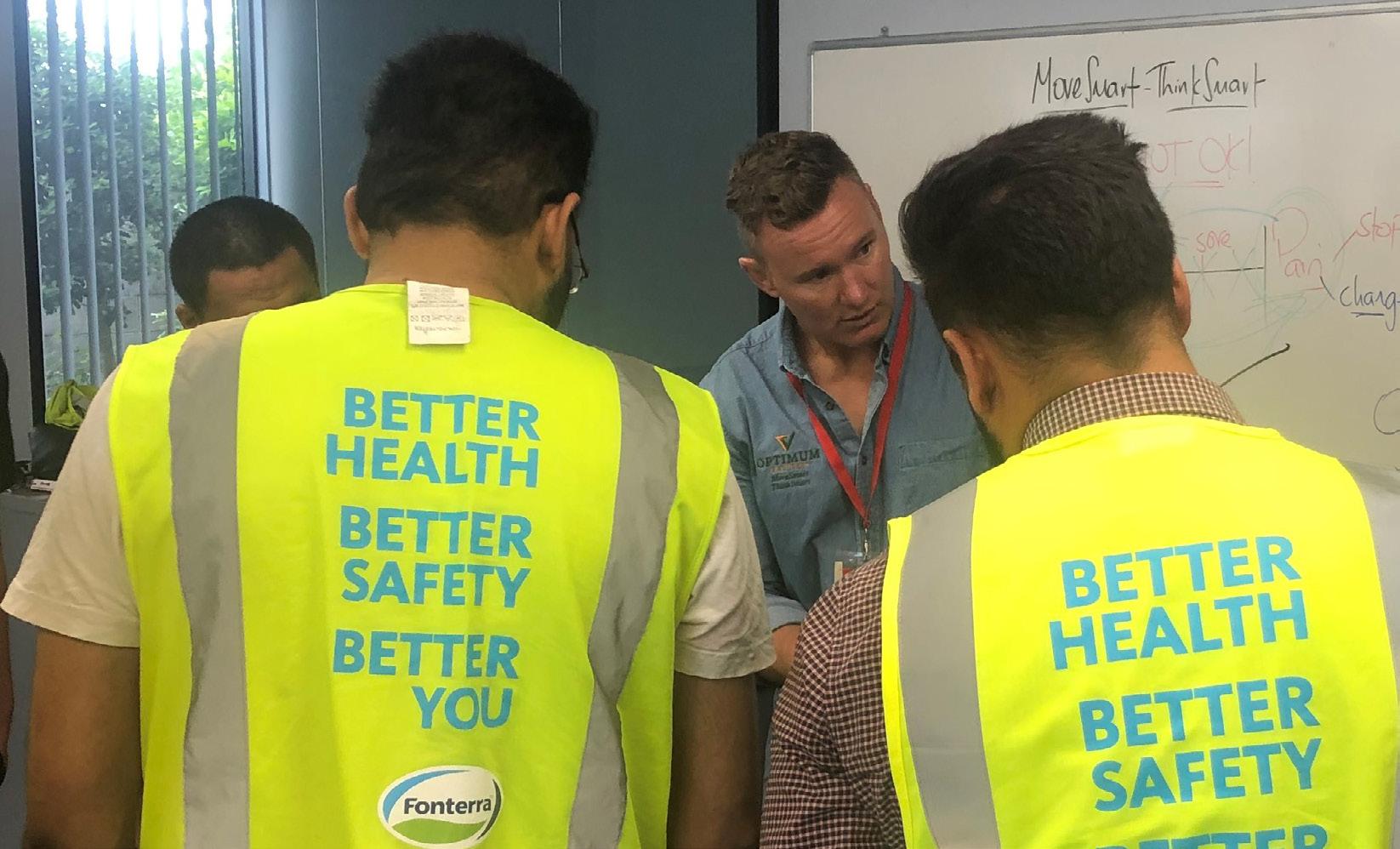April-May 2021
Components of an effective project culture Following two construction site fatalities in 2009, Fonterra wanted to understand how it could avoid future incidents and develop cultural model to achieve success
MANAGEMENT
Components of the Manuka Project - A daily joint meeting involving all trades to review the day's activities, risks, dependencies and opportunities for collaborative working - Providing meal options on site to encourage shared lunches and increase cross-trade communication - Specialist health services onsite, including a nurse providing regular health checks and workplace support services to assist with mental health or other employee issues (eg. specialists providing support for family or financial issues)
18
safetynews.co.nz
infrastructurenews.co.nz propertyandbuild.com
- Onsite training opportunities, including specialist supervisor training on conflict resolution and communication - Reinforcing cultural values around the site (for example Project Manuka branding and information) and promoting rewards and recognitions (for example:. free lunch to reinforce positive or exemplary behaviour) - The introduction of simple measures, including regular cleaning of site toilets, to make staff feel more valued.
T
o improve health and safety at its worksites, the company needed to create an environment that was both physically and psychologically safe. Central to this was changing the culture at its construction sites. The company developed a robust, yet innovative, approach to site culture, worker welfare and project efficiency. To find out the cause of health and safety incidents on its sites, Fonterra embedded a researcher with different working crews in 2009. The company discovered that its leadership decisions were having a direct impact on site safety. The researcher observed staff taking risks and cutting corners. Although construction typically requires a linear way of thinking, Fonterra discovered that cultural change requires a trial-and-error approach. For this method to work, Fonterra needed to become an environment where people feel safe to talk about what's not working. Leaders listened and learned from their staff to understand their needs and what approaches might work on future projects. Improving site culture is based on the theory that a quarter of a project's success is driven by the effectiveness of the design, another quarter by the effectiveness of systems and processes and the remaining 50 percent driven by the effectiveness of the project's culture. To help track its progress to transformational change Fonterra developed a cultural model: - Generative: positive behaviour and safe culture is reinforced by all staff - Proactive: senior leaders


















